Dyslexia Glossary
There are several terms, phrases, and acronyms associated with dyslexia that can help to build your understanding. The following is a list of some key terms and their definitions for your reference.
The 504 Plan is a plan developed to ensure that a child who has a disability identified under the law (The Americans with Disabilities Act) and is attending an elementary or secondary educational institution receives accommodations that will ensure their academic success and access to the learning environment.
An alteration of environment, curriculum format, or equipment that allows an individual with a disability to gain access to content and/or complete assigned tasks in the Least Restrictive Environment.
A letter or group of letters added to the beginning or end of a word (prefixes/suffixes).
Symbol to sound relationships. A writing system whose symbols (graphemes) represent the speech sounds (phonemes) of the language.
The process of documenting a student’s achievement and other abilities.
Pertains to hearing.
The ability to hear likenesses and differences in phonemes or words.
Fast, automatic responses to the sounds of letters in blending sounds into words for spelling or reading, without conscious effort.
Major milestones that specify skill or performance level a student needs to accomplish a goal.
Moving from one sound to another to make a word: “P” “I” “g” = pig. The student must be able to hold onto the sounds to read the word.
A syllable ending in one or more consonants (with one vowel) which is usually “short.”
Mental processing or thinking.
All the letters of the alphabet except for vowels.
Being able to read by breaking apart the component sounds of a word; blending of sounds to make a word.
A statement or conclusion that describes the reason for a disease, illness, or problem.
Two consonants making one sound – “sh”
Two vowels representing a single sound: ai = “ā” or oe= “ō”
Two vowels making two separate sounds but said as one sound, as in ou in mouse, and oi in boil.
Telling a student directly what you want him to know instead of waiting for him to discover it.
ReadSource Trust’s mission is to facilitate teacher training, champion the support of students and parents, and educate the public about dyslexia.
Difficulty with math computation.
Difficulty with handwriting.
Difficulty learning to read, write, and spell, and sometimes to understand written language in spite of traditional teaching methods.
IDA definition - “Dyslexia is a specific learning disability that is neurobiological in origin. It is characterized by difficulties with accurate and/or fluent word recognition and by poor spelling and decoding abilities. These difficulties typically result from a deficit in the phonological component of language that is often unexpected in relation to other cognitive abilities and the provision of effective classroom instruction. Secondary consequences may include problems in reading comprehension and reduced reading experience that can impede growth of vocabulary and background knowledge.”
Meeting the stipulated requirements for one, or more, of the twelve categories under special education. These include: Autism Spectrum Disorder (AUT), Deaf-Blind (D/B), Deaf/Hard of Hearing (D/HH), Emotional/Behavioral Disorder (EBD), Mild, Moderate, Severe, or Profound Intellectual Disability (MIID, MOID, SID, or PID,) Orthopedic Impairment (OI), Other Health Impairment (OHI), Significant Developmental Delay (SDD), Specific Learning Disability (SLD), Speech-Language Impairment (SI), Traumatic Brain Injury (TBI), Visual Impairment, including Blindness (VI).
To spell using the auditory sense to help put together the components of a word.
Used to determine whether or not a student has a disability and, if so, whether special education services are necessary. Individual multidisciplinary evaluations have major educational as well as legal significance.
Free and Appropriate Public Education, and is an educational program that is individualized to a specific child, designed to meet that child's unique needs, provides access to the general curriculum, meets the grade-level standards established by the state, and from which the child receives educational benefit.
The written representation of a phoneme or letter sound. The letter p represents the sound, “p.”
Individuals with Disabilities Education Act of 2004, and ensures students with a disability are provided with Free Appropriate Public Education (FAPE) that is tailored to their individual needs.
Individualized Educational Plan, a plan or program developed to ensure that a child who has a disability identified under the law and is attending an elementary or secondary educational institution receives specialized instruction and related services.
A specific, evidence-based program or set of steps to help a child improve in an area of need.
A word used to illustrate a sound/symbol relationship. It helps the child remember the sound of a letter.
Motor – handwriting
Means that a student who has a disability should have the opportunity to be educated with non-disabled peers, to the greatest extent appropriate. They should have access to general education curriculum and only pulled out of their general education class when services cannot be provided in that classroom.
The smallest unit of meaning. In the word cats, cat is one morpheme, the s is another unit of meaning.
Using the ears, eyes, and hand senses to reinforce in the brain the components of language.
A syllable which ends with a single vowel and typically makes the long vowel sound.
The writing system of the spoken language – the spelling.
A remediation approach used to instruct those who have trouble learning to read and spell accurately.
Other Health Impairment, and means having limited strength, vitality, or alertness including a heightened alertness to environmental stimuli, that results in limited alertness with respect to the educational environment.
The smallest unit of sound such as “b” or “t” or tch = “ch”
Being able to manipulate phonemes within words by isolating sounds and blending them.
The skill of being able to divide words into phonemes. Pig = “p” “I” “g.”
The sounds and symbols of a language.
A syllable that usually carries meaning and is placed before a root word.
The rhythmic and intonational aspect of language. If one reads with prosody, they read with expression and intonation.
Commonly referred to as characteristics that may be indicators of trouble with reading acquisition.
The correction of something bad
The basic element of a word to which a prefix or suffix may be added.
Response to Intervention (RTI) is a tiered approach to the early identification and support of students with learning disabilities.
A vowel sound in unaccented syllables. Says “ŭ” and is represented by the upside/down e.
Specific Learning Disability, and is defined as a disorder in one or more of the basic psychological processes involved in understanding or in using language, spoken or written, that may manifest itself in an imperfect ability to listen, think, speak, read, write, spell or do mathematical calculations.
Programs and indicators of time, frequency and related services that addresses a student’s individual differences and needs.
Affricate: Indicates a stop with audible turbulence of air stream upon release as in the sounds“ch” or “j”
Continuant: a speech sound one can hang onto: “s” “f” “m”
Fricative: airflow is constricted as in “h” “f” “v” “s” “sh”
Glide: a sound made with little or no constriction of the airflow from the consonant to the vowel sound as in “w” and “y”
Liquids: sounds like “r” and “l”
Nasal: “m” “n” and “ng” – the sound goes through the nose as well as mouth.
Plosive or stops: there is an interruption of air by a closure in the oral cavity as with “p” “b” “t” “d” “k” and “g.” It is important that students don’t put the “uh” sound after them.
The Student Support Team whose job is to examine a student’s progress and recommend interventions and accommodations.
A syllable placed after a root word
A word or part of a word always having a vowel sound.
- Fan tas tic has three syllables
- Ath lete has two syllables
- Spin has one syllable
Pertains to touch
Sounds that are made when the vocal chords do not vibrate – such as “f” “p” “t” “k”, etc.
Sounds made by vibrating the vocal chords – such as “g” and “z.” All vowels are voiced. You can put your hand on your throat and feel the vibrations.
a,e,i,o,u, and y. Long vowels say their names except for y which can make the long e and long i sounds.
Get Access to More Resources

GET ACCESS TO MORE RESOURCES


